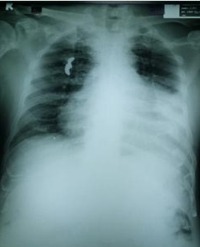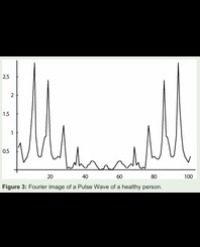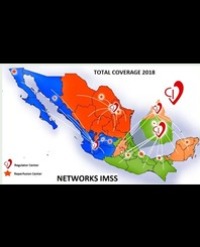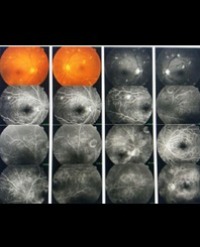
Case Report: A Rare Case of Pyopericardium with Atypical Cardiac Tamponade Presentation in an Elderly Man
Introduction: Common causes of pericardial effusions include malignancy, renal failure, autoimmune disease or infection. Infection is one of the commonest causes of pericardial effusion. It is most often viral in aetiology and non-purulent. When the pericardial fluid is purulent, the presence of bacteria is likely.
Case presentation: We report a 72 years old Chinese man presented with mild symptoms of heart failure. He had no history of fever, weight or appetite loss, chest pain or history of tuberculosis contact. On auscultation, the heart sounds were muffled and there were minimal basal crackles over both lungs. His echocardiography showed signs of cardiac tamponade though clinically he is relatively well. Pericardiocentensis was not performed due to narrow window with thin effusion at ventricular apex. Pericardial window was done via left posterolateral thoracotomy. Intraoperatively, 500cc of purulent fluid was drained. Microbiology screens were all negative.
Discussion: We present the atypical clinical course of this elderly man presenting with a large pyopericardium. Patient with pyopericardium often present in an extreme end of spectrum with septic shock with high mortality risk. However in current case, the presentation is atypical. Thus, careful and detailed evaluation with echocardiography is essential to unmask this potentially lethal disease. A simple surgical intervention of pericardial window will be an important life-saving option for patients presented with this condition.
Conclusion: Pyopericardium can present in an atypical milder disease spectrum with relatively minor symptoms of heart failure. Careful and detailed evaluation with echocardiography is essential to unmask this potentially lethal condition.
See Ws*, Tan Jh, Henry Tan Cl, Syed Rasul SH and Simon JV




